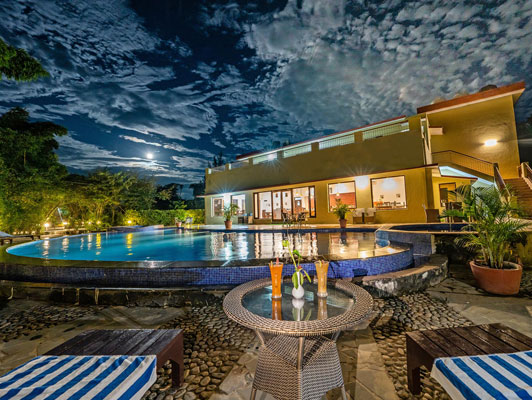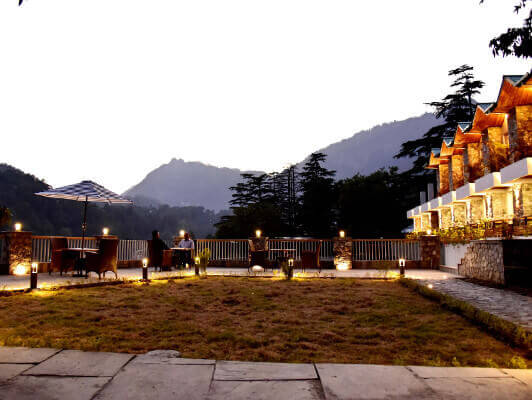About Us
Xperience India Hotels & Resorts is a hotel and resort management and marketing company with a vision of being a leading one stop hotel business solutions company in the North India travel & tourism trade. Established by a team of industry’s experienced and energetic entrepreneurs having significant proficiency in management and marketing mid segment hotels and resorts.
Xperience Indiais dedicated to develop partnership that enables consumers to experience superior guest services.
Our Services Include:
- Sales and marketing
- Midsize hotel & resort preopening management solutions
- Facilities & service inspection:
- Training & development
- Effective communication and coordination
- Front office
- Food & beverage service
- Housekeeping
- Staff recruitment & talent sourcing
- Kitchen planning
- Menu planning
- Xpress Foods – A fast food venture managed and marketed by Xperience India.
- Managing corporate dining facilities.
Hotel & Resort Marketing Solutions
It does sometime appear that the hotel is invisible when it comes to being seen and booked by major travel agency chains, corporations, consortia or on travel websites. It is therefore easy for independent hotels to get missed by prospective buyers who use travel agency or internet to block a hotel destination. We offer marketing solutions and build online digital presence for stand alone properties that lack the ability to market themselves and rely heavily on Offline and Online travel agents to sell their rooms and services.
- Price competitively
- Get connected
- Extend reach
- Improve visibility
- Understand buyers
- Build loyalty
- Delight agents
Xperience India Hotels & Resorts Pvt.Ltd. provides development solutions to help our associate hotels to become high performing organization.
Proposal :
Overall Functioning & Management of the Hotel/Resort:
- We will appreciate if there is no involvement and interferences regarding the running of the hotel or resort.
- We may require a few changes to be done in the building according to our requirements which shall be communicated after a thorough visit to the hotel.
- All our prescribed standards and specifications needs to be followed by the hotel.
- We shall be responsible to appoint a well-trained marketing team to handle the marketing aspect and expansion of business, publicity, etc.
- All direct and indirect costs like salaries and wages, pension funds, gratuity, raw material costs, energy bills, licensing fees, investment cost, cost of structuring and de-structuring etc. shall be borne by the owners. We shall recruit appropriate staff for easy functioning of the resort, the salary of which shall be borne by the Hotel.
Set up fees would include the following:
- Cost of marketing set up, staffing at our Delhi office.
- Supervision and administration of the various functions listed above up to opening of the hotel.
- Transportation and accommodation of our staff to and fro from Delhi to your hotel until the opening.
- After set up of the hotel and commencement of business a % of revenue shall be shared from the total sale of the hotel.


